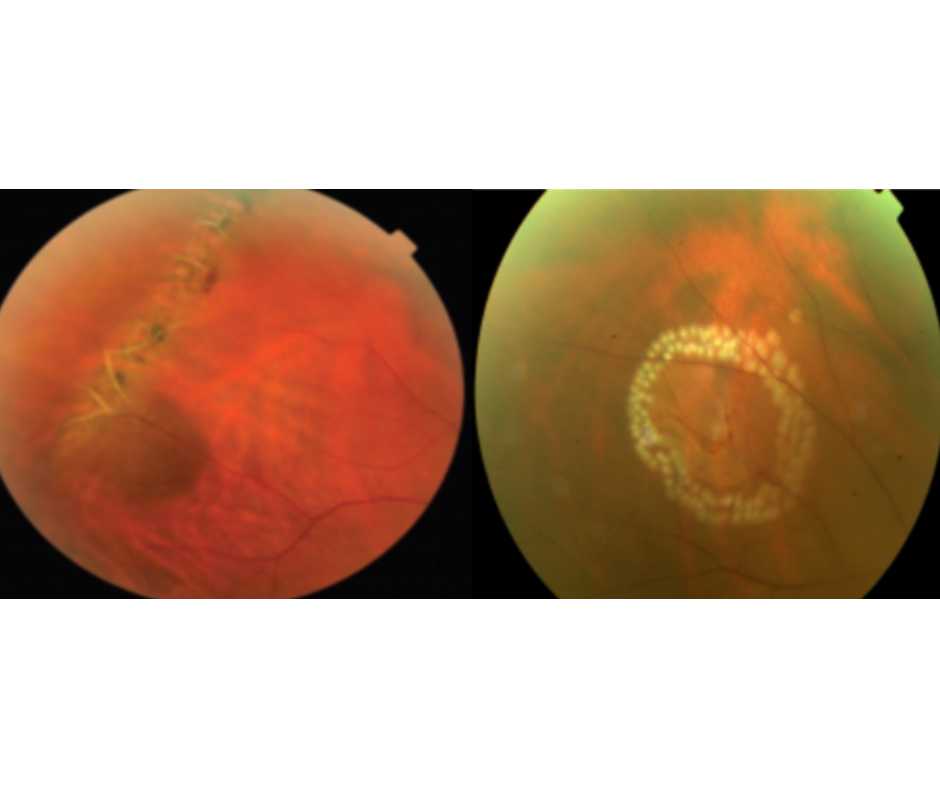Introduction:
In recent years, there has been a remarkable advancement in vision correction technology, and one of the most exciting developments in this field is the implantable contact lens. This revolutionary procedure has provided a life-changing solution for individuals who suffer from various refractive errors, such as myopia, hyperopia, and astigmatism. In this article, we will explore the concept of implantable contact lenses, their benefits, the procedure, and why they are gaining popularity among both patients and eye care professionals.
1. Understanding Implantable Contact Lens:
Implantable contact lenses, also known as phakic intraocular lenses (IOLs), are a type of vision correction procedure that involves placing a tiny, prescription lens inside the eye to correct refractive errors. Unlike traditional contact lenses that sit on the surface of the eye, implantable lenses are positioned between the iris and the natural lens or just in front of the natural lens. This positioning allows the lens to work together with the eye’s natural optical system to focus light properly on the retina, resulting in clearer vision.

2. How Implantable Contact Lens Work:
The implantable contact lens is custom-made to suit the individual’s prescription, thereby ensuring precise correction of their specific refractive error. Moreover, the lens is usually made of a biocompatible material, and its placement inside the eye is a safe and reversible procedure.. Once the lens is inserted, it remains in place, eliminating the need for daily insertion and removal, which is required with traditional contact lenses.
3. Benefits of Implantable Contact Lens:
3.1 High-Quality Vision
Implantable contact lenses, indeed, provide excellent visual clarity and sharpness. Additionally, as the lens is permanently positioned inside the eye, it remains stable and does not move with eye movements, resulting in consistent and predictable vision correction.
3.2 Wide Range of Vision Correction
These lenses are highly versatile and can correct a wide range of refractive errors, including severe myopia and hyperopia. They are also effective for patients with thin corneas who may not be suitable candidates for LASIK or other laser eye surgeries.
3.3 Reversibility
Unlike some surgical vision correction procedures, implantable contact lenses can be removed or replaced if necessary. This makes them an attractive option for individuals who want to retain the option of future adjustments to their vision correction.
3.4 Reduced Risk of Dry Eyes
Some individuals experience discomfort and dryness with traditional contact lenses. However, implantable lenses do not interfere with the eye’s natural tear film, reducing the risk of dry eyes and providing increased comfort.
4. The Implantable Contact Lens Procedure:
The process of getting implantable contact lenses involves several steps:

4.1 Preoperative Assessment
Before undergoing the procedure, the ophthalmologist will conduct a comprehensive eye examination to determine the patient’s candidacy for implantable lenses. Additionally, medical professionals will evaluate factors such as eye health, corneal thickness, and refractive error.
4.2 Lens Selection
Based on the examination results, the ophthalmologist will select the appropriate lens power and size to match the patient’s prescription.
4.3 Lens Implantation
The actual procedure involves making a small incision in the cornea to insert the lens. Subsequently, the lens is carefully placed in the eye’s anterior chamber or behind the iris, and the incision is closed with tiny stitches or self-sealing materials.
4.4 Recovery and Follow-up
During the recovery period, medical professionals will closely monitor patients to ensure proper healing. They will schedule follow-up appointments to assess the effectiveness of vision correction and address any concerns.
5. Why Implantable Contact Lens are Gaining Popularity:
5.1 High Patient Satisfaction
Implantable contact lens recipients report high levels of satisfaction with their vision correction results. Additionally, many patients experience improved vision quality and reduced dependence on glasses or traditional contact lenses.
5.2 Long-Lasting Solution
Implantable contact lenses are designed to last for an extended period, offering reliable and consistent vision correction over time.
5.3 Minimal Maintenance
Compared to traditional contact lenses, implantable lenses require minimal maintenance, eliminating the need for daily cleaning and storage.
Author Details:
Dr. Sushruth Appajigowda is a leading Cornea, Cataract, Glaucoma and LASIK Surgeon in Bangalore, and the chief Cataract and Refractive surgeon at Vijaya Nethralaya Eye Hospital, Nagarbhavi Bangalore. Known as one of the best LASIK surgeons in the country, he has over 12+ years of experience with multiple platforms of LASIK like ZEISS, ALCON, SCHWIND, AMO, and Bausch and Lomb. He has done over 5000 LASIK. Dr Sushruth is a Certified Refractive Surgeon and Fellow of All India Collegium Of Ophthalmology. He is recognised speaker in various National and International Forums. His expertise lies in choosing the right type of procedure for you based on your health requirement.

Conclusion:
Implantable contact lenses have emerged as a remarkable solution for individuals seeking effective and long-lasting vision correction. Given their ability to provide high-quality, reversible, and low-maintenance vision correction, they have become a popular choice among those looking to improve their eyesight. Therefore, if you find yourself tired of relying on glasses or contact lenses and desiring clearer vision, consider consulting with an eye care professional to determine if implantable contact lenses are a good option for you.
FAQs:
Q1: Is the implantable contact lens procedure painful?
The procedure is typically performed under local anesthesia, ensuring minimal discomfort during the surgery. Most patients report little to no pain during the process.
Q2: Can anyone get implantable contact lenses?
Not everyone is a suitable candidate for implantable contact lenses. However, an eye care professional will assess your eye health and refractive error to determine if you are ready for the procedure.
Q3: How long does the procedure take?
The actual procedure usually takes around 15 to 30 minutes per eye, but the entire process, including preoperative assessments and post-operative recovery, may span a few weeks.
Q4: Can implantable lenses be removed if necessary?
Yes, one of the significant advantages of implantable lenses is their reversibility. They can be removed or replaced if needed.
Q5: Is insurance coverage available for implantable contact lenses?
In some cases, medical insurance companies may cover part or all of the cost of implantable contact lenses, particularly if they deem them medically necessary. It is essential to check with your insurance policy for specific coverage details.












